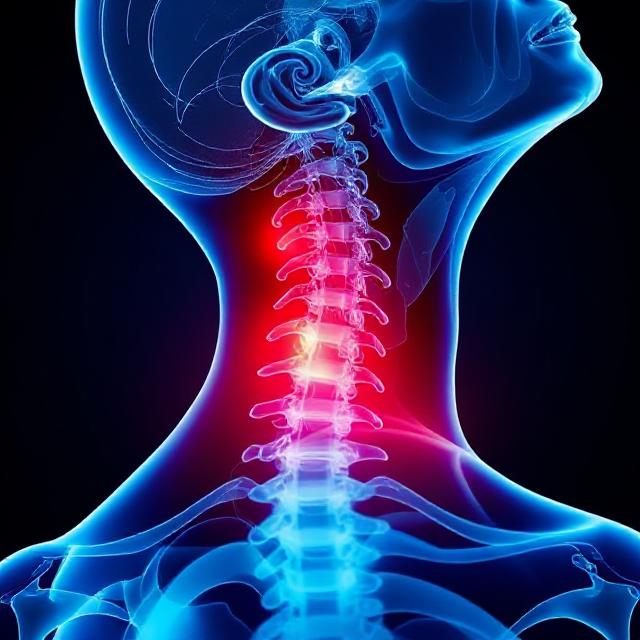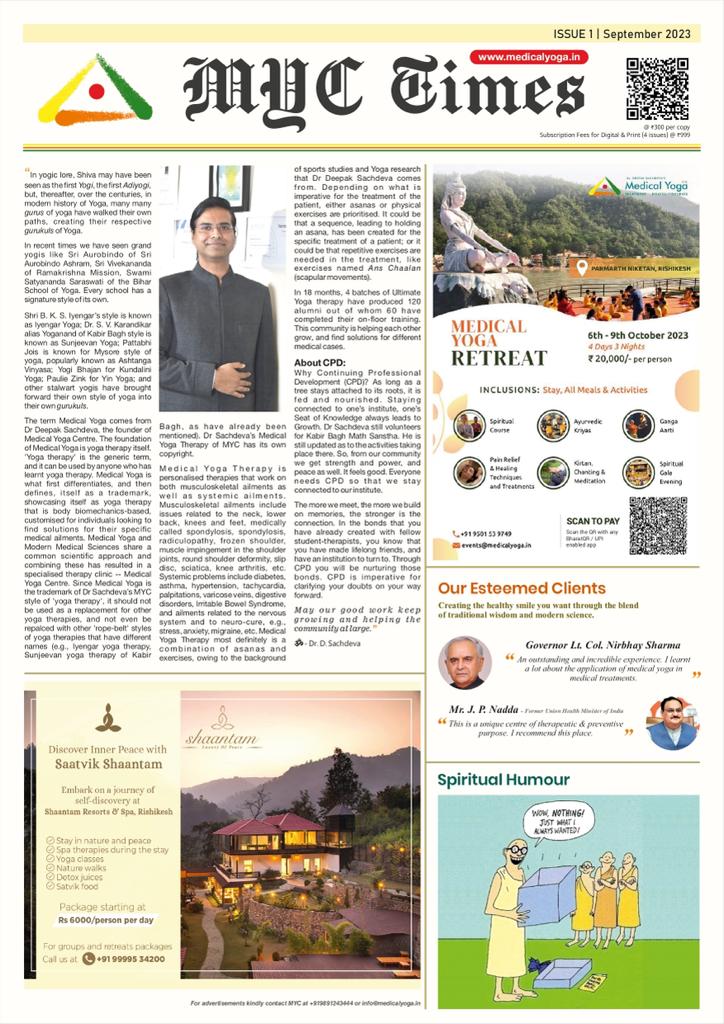Why your Knees are Amazing (but also Prone to Trouble)

Why your Knees are Amazing (but also Prone to Trouble)
The knee joint is a biomechanical marvel, providing both stability and mobility in a single design. Think about it – your knees are like the shock absorbers of your body, tirelessly supporting you through every step, squat, and jump. They are not just joints; they are an engineering masterpiece. The knee connects the femur (thigh bone), tibia (shin bone), and patella (kneecap) in a way that provides both stability and mobility. It takes on 1.5 times your body weight when you walk, and during activities like climbing stairs, it bears a load up to three times your weight.
But here is the catch – the same factors that make the knee so remarkable also make it vulnerable. Unlike the hip’s ball-and-socket design, the knee is primarily a hinge joint with a small allowance for rotation. This limited range of motion makes it more prone to injuries like sprains, tears, and wear-and-tear conditions.
Why do knees give up?
Modern lifestyle is not doing our knees a favour. Sitting for long hours weakens the leg muscles, like the quadriceps and hamstrings, that play an important role in supporting the knee. Poor posture, extra body-weight, and improper footwear, put undue stress on this hardworking joint. Add sudden twists, overuse during sports or other challenging activities, or even a sedentary lifestyle, and you have the perfect recipe for knee trouble.
The statistics are alarming. Globally, 1 in 5 people experiences knee pain, and osteoarthritis —a degenerative joint disease— is a leading culprit. Research also highlights how poor alignment during walking or exercising can silently damage the joint over time.
In this edition of Medical Yoga Times, we break down everything you need to know about keeping your knees healthy.
Common missteps: learn how improper alignment and sedentary habits can harm your knees.
Smart solutions: discover targeted exercises to strengthen the muscles that support your knees, improve posture, and prevent injury.
Evidence-based therapies: science-backed tips to help you manage pain, boost mobility, and extend the lifespan of your knees.
Your knees do not have to suffer in silence. After all, prevention is not just better than cure; it is the key to keeping your knees happy for life!
Editorial by
Dr. Deepak Sachdeva
theyoga@gmail.com




